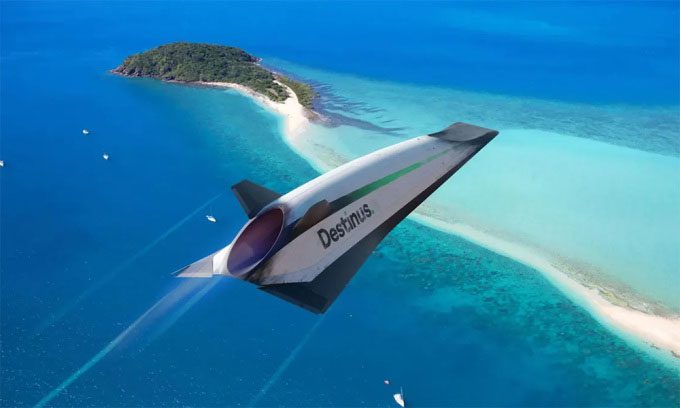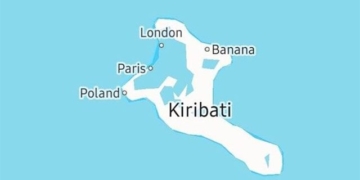Destinus Receives Funding from the Spanish Ministry of Science to Develop Hydrogen-Powered Aircraft Over Five Times the Speed of Sound.
Swiss Startup Destinus has announced its participation in a program initiated by the Spanish Ministry of Science aimed at developing supersonic flights powered by hydrogen fuel, according to a report by Interesting Engineering on March 29. Alongside Destinus, several Spanish universities, companies, and technology centers are also involved in this project.

Simulated high-speed aircraft by Destinus. (Photo: Destinus).
The hydrogen-powered supersonic aircraft project has received an initial grant of 12 million euros from the Spanish government. This funding will be used to construct a hydrogen engine testing facility near Madrid. The construction will be a collaboration between Destinus and the Spanish engine company ITP Aero. Additionally, a second grant of 15 million euros will fund research on liquid hydrogen propulsion systems.
Destinus has tested several aircraft prototypes over the past two years. The first prototype is a small remote-controlled subsonic aircraft named Jungfrau, which had its test flight in November 2021. The second prototype, a larger unmanned aircraft named Eiger, completed its test flight in October 2022.
Destinus aims to manufacture aircraft capable of reaching hypersonic speeds—over five times the speed of sound (Mach 5) or more. This speed significantly exceeds that of the Concorde, which ceased operations in 2003. The Concorde flew at a speed of Mach 2.04, which is more than twice the speed of sound. The speed of sound is approximately 1,200 km/h.
Destinus expects its technology to reduce the flight time from Frankfurt (Germany) to Sydney (Australia) to just 4 hours and 15 minutes, compared to the current 20 hours. Meanwhile, the flight from Frankfurt to Shanghai (China) would take 2 hours and 45 minutes—8 hours shorter than current travel times.
Hydrogen energy is the focus of many research and development projects due to its “green” characteristics, with combustion byproducts primarily consisting of heat and water. For example, researchers at RMIT University in Melbourne have created 3D-printed catalysts that could power flights at five times the speed of sound while cooling the system to protect it from the extreme heat generated at such speeds.




















































